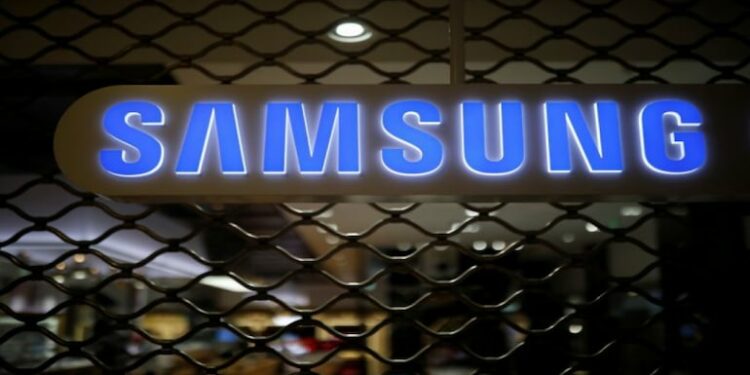According to Samsung, the chip industry’s recovery won’t start until the second half of the year.
Samsung Electronics has made a surprisingly aggressive decision to keep capital spending at last year’s level, defying expectations of exiting with peers to ease pressure on an already struggling semiconductor industry.

Chip makers are grappling with a historic plunge in memory prices as consumers refrain from buying gadgets months after the pandemic-related ramp-up began. Inventories piled up and double-digit price declines wiped out profits, forcing Samsung’s smaller rivals to cut both production and spending.
Samsung has warned that while smartphone demand is likely to slow in 2023, the chip recovery won’t begin until the second half of this year. But despite pressure on its chip makers to curb spending on new capacity, the world’s largest memory company said it spent a combined 47.9 trillion won ($39 billion) on chips last year. said to continue. As a result, there will be more pressure on chip prices than if the South Korean giant cut spending on new machinery and factory capacity.
According to An Hyungjin, CEO of Billionfold Asset Management, “markets were getting ahead of themselves and expected a drop,” and he said that Samsung’s decision to maintain its expenditure pace could hurt other smaller chip rivals.
Samsung Q3 Profit Slumps 31% As Economic Woes Hammer Demand – RTRS https://t.co/OxeIKLPdws
— LiveSquawk (@LiveSquawk) October 27, 2022
Nearly all of Samsung’s smaller competitors have frozen their spending. Micron Technology Inc., a US memory manufacturer, has announced it will reduce output in addition to spending less on new facilities and equipment. While Japan’s Kioxia Holdings Corp. announced it was reducing output by 30%, South Korea’s SK Hynix has also reduced investments and output. NAND manufacturer Kioxia is in merger talks with US production partner Western Digital Corp., according to Bloomberg News.
Chip segment
Falling semiconductor prices are already eroding Samsung’s bottom line. Major chip segment profits fell 97% to KRW 270 billion in the three months to December as customers continued to process stacks of inventory. Operating profit fell 69% to 4.3 trillion won, the biggest drop in more than a decade.
Net profit more than doubled to KRW 23.5 trillion thanks to non-returnable one-time items due to revisions to local tax laws.
Samsung said gadgets with more memory would drive a recovery in the second half of the year, but warned that revenue is likely to decline this quarter and factory utilization rates will drop. Jaejune Kim, executive vice president of the company’s memory division, said the business environment “worsened significantly in the fourth quarter,” but said the company’s stance on chip spending remained unchanged.
“Our investment approach this year is to continue the infrastructure investments necessary to meet medium- to long-term demand,” he said on a conference call. “Therefore, we expect this year’s investment plans to be similar to last year.”
Kim said the company’s production line optimizations and device layout adjustments will “inevitably” affect supply, suggesting the pace of memory production will slow in the coming months.
KB Securities head of research Jeff Kim said a rebound in demand will be key.
“At this point, the most important component of memory sentiment is when the customer has finished digesting the inventory,” he said.


















